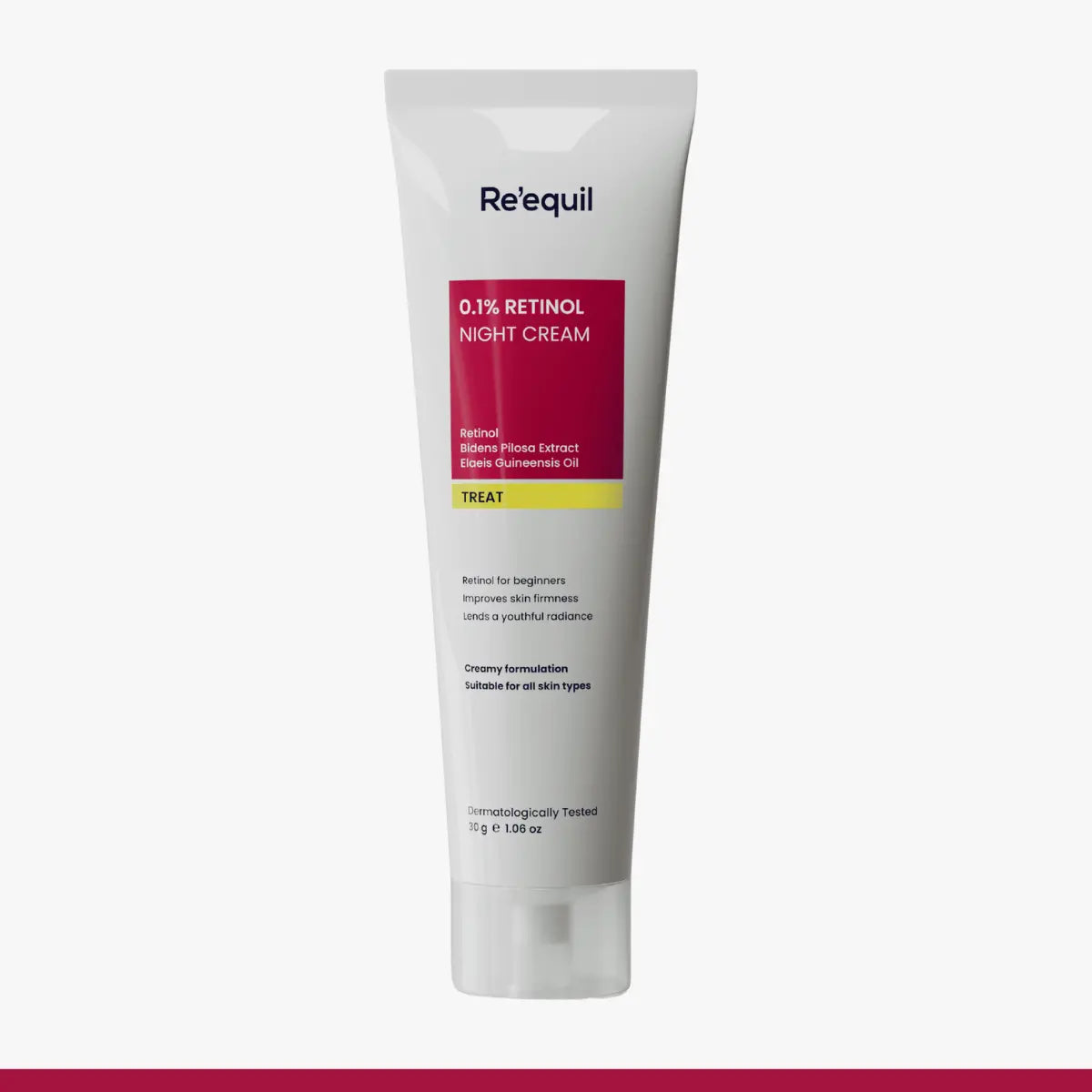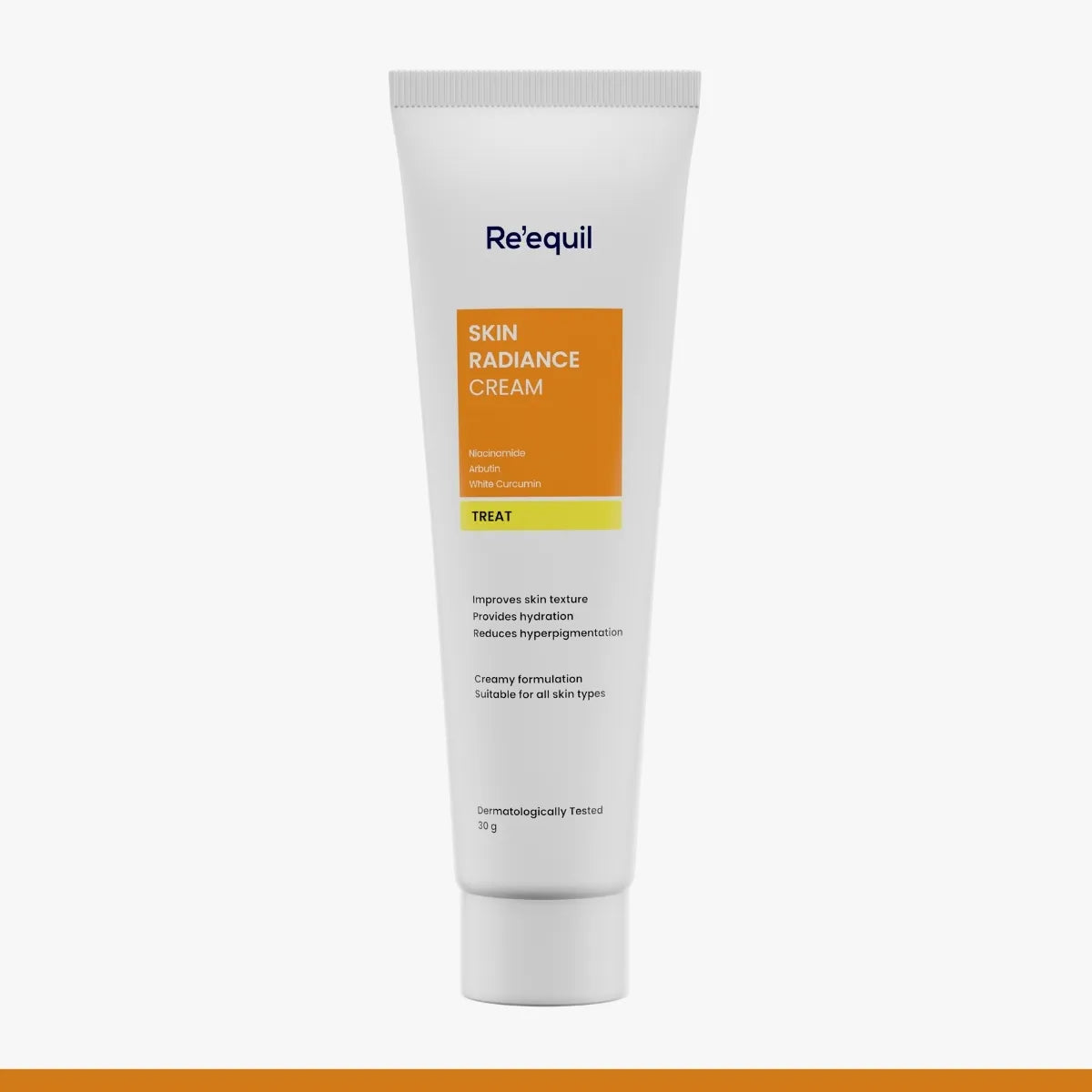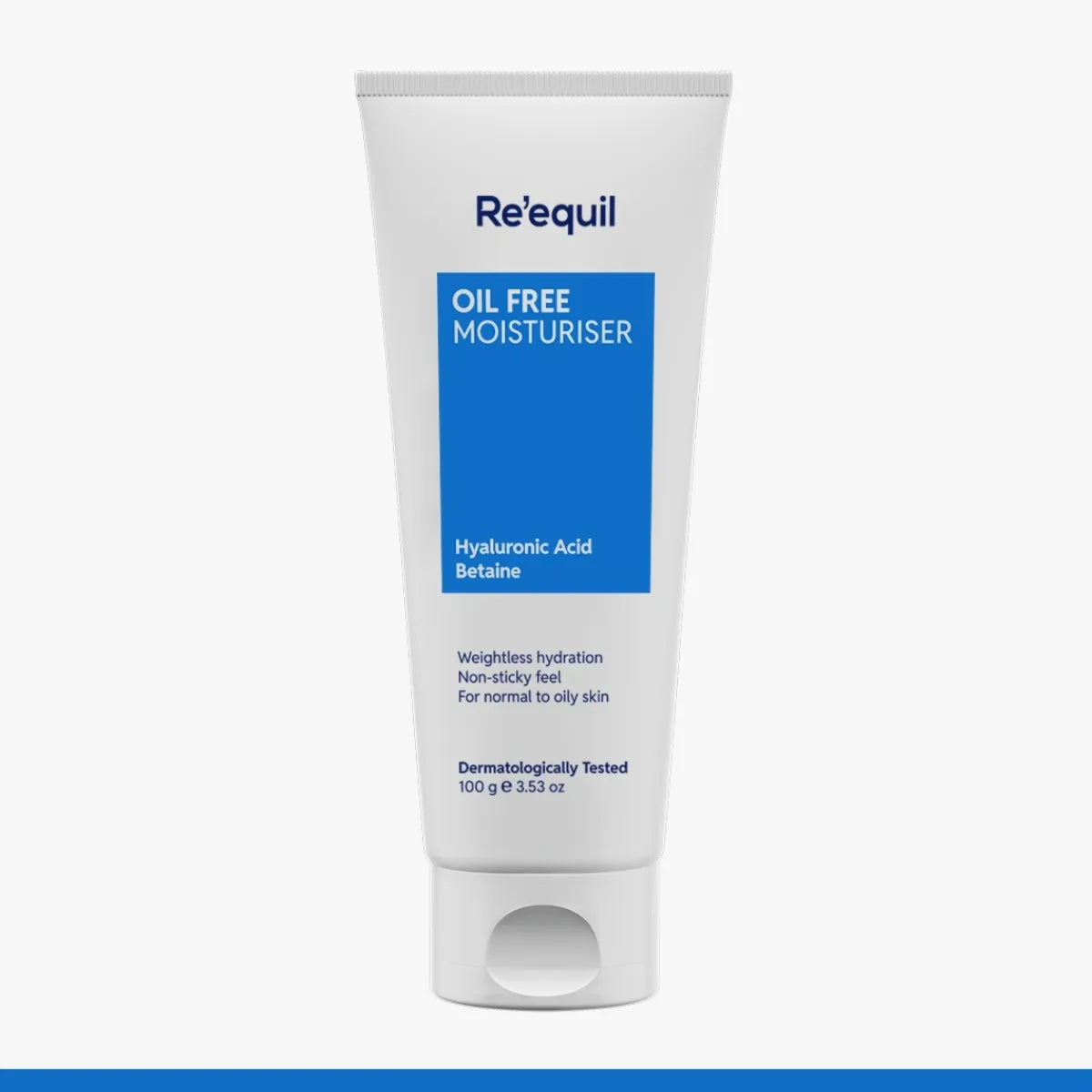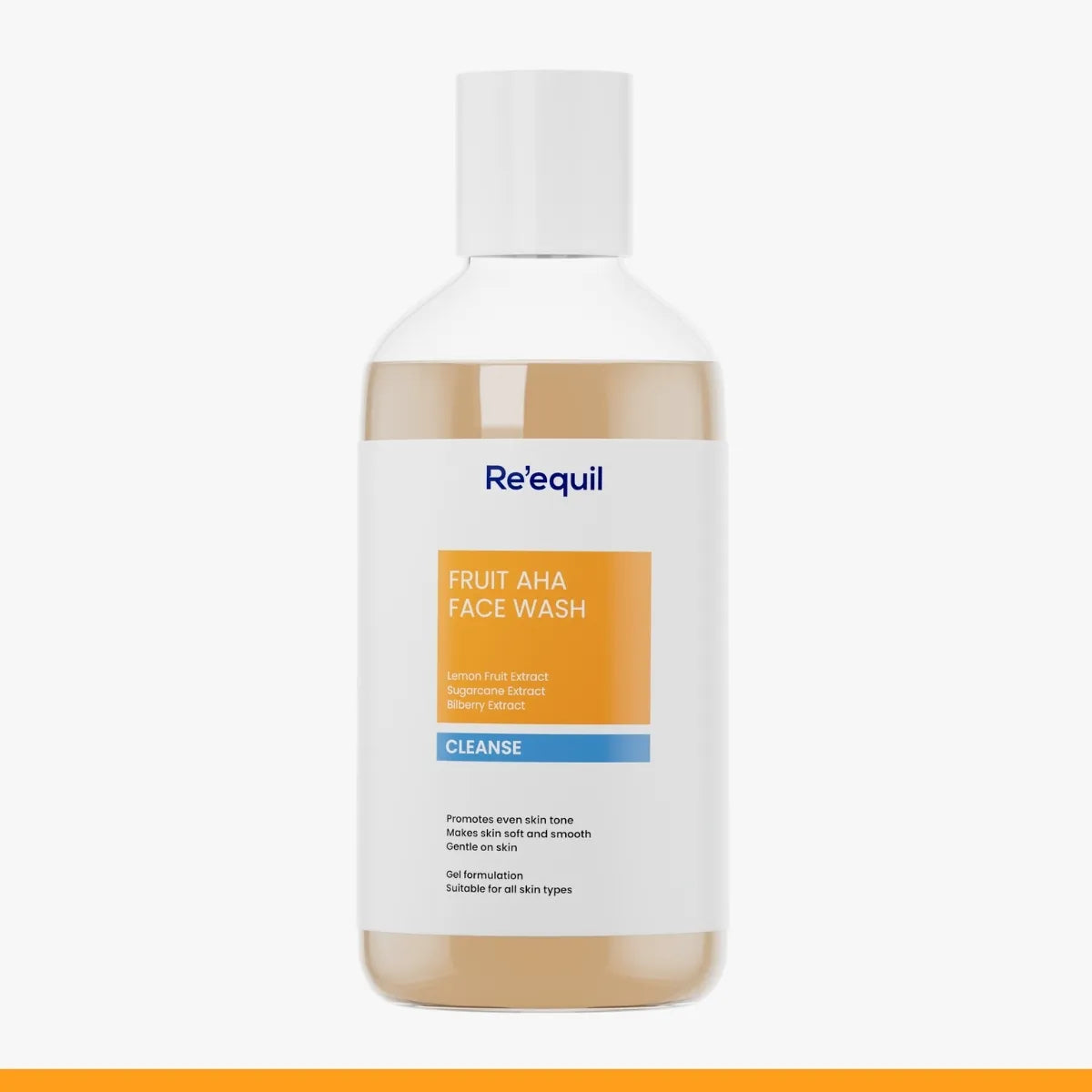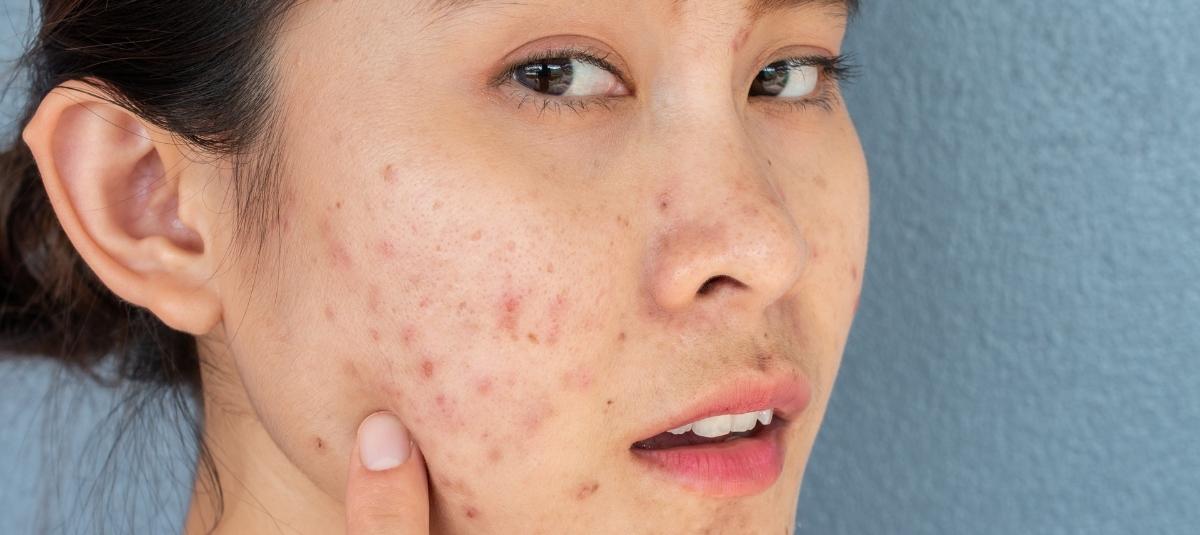When a zit appears on your face, it's probably the beginning of one problem after another. After treating severe active acne, you have to prepare yourself to deal with the acne marks.
Finding the right solution to get rid of the acne marks is considered the most frustrating part of the acne healing process. The main reason for the treatment failure of post-acne marks is that you misunderstand your skin condition and opt for the wrong solutions.
Dermatologists explain that textural changes caused to your skin after acne infection are not always acne scars. Confusing, right?
Apart from Post-inflammatory hyperpigmentation (PIH) and acne scarring, if you've been terrified of the red spots left behind by acne, they are certainly Post-inflammatory Erythema (PIE).
All these terms might mess up with your head right now but it’s nothing to worry about. We are here to help you understand. The best part is that this isn't a serious concern and can be managed easily and effectively. Relieved?! Now let's get started.
What is PIE?
Post-inflammatory erythema (PIE) is characterized by the pink or red spots on the skin post acne.
This condition arises when after getting acne, it is in the healing stage. Basically, there are 3 stages of healing- inflammation, formation of tissues, and restructuring of the matrix. We don’t need to get into further details.
All you need to know is that when the blood vessels under the lesion either rupture, damage or dilate, the blood flow stops in the inflammation stage. This is when the skin is likely to get pink or red spots/marks. And when left untreated, it may lead to scars.
What causes PIE?
It is quite common to get irritated with acne lesions, especially on the face. And you might want to get rid of them anyway as soon as possible. So you resort to squeezing pimples and this can escalate the blood vessel damage and give you the pink spots on your face. Also, if you can't get your hands off your face, it may lead to scarring.
Post-Inflammatory Erythema (PIE) vs. Post-Inflammatory Hyperpigmentation (PIH)
PIE and PIH occur when an acne spot clears up. However, there is a lot of difference between PIE and PIH. Both skin conditions affect your skin in a totally different way.
In Post-Inflammatory Hyperpigmentation (PIH) dark or brown spots appear on your face due to excessive melanin production. PIH affects people with dark skin tone.
Whereas, PIE causes red or pink marks due to blood vessel damage underneath the skin. Also, people with lighter skin tone are prone to PIE.
How can post-inflammatory erythema be prevented?
1. Good moisturizer
To your surprise, dehydrated skin triggers excess oil production in sebaceous glands to make up for the lack of moisture. The extra sebum produced clogs the pores causing painful acne and breakouts.
This is why, in order to avoid acne and its aftermath (PIE, PIH), dermatologists recommend keeping the skin moisturized, even the oily or dry one! It is always fruitful to invest in the right moisturizer for acne prone skin as it tends to be specifically sensitive.
While dealing with post-inflammatory erythema, yYou must opt for a moisturiser that is “non comedogenic”, mineral oils and paraben free, and has skin barrier repairing oil-controlling properties.
If you have an oily acne prone skin, look for the ingredients in a moisturiser like-
- Saccharide Isomerate
- Cydonia Oblonga Leaf Extracts
- Biosaccharide Gum 1
If you have a dry acne prone skin, look for the ingredients in a moisturiser like-
- Ceramides
- Lactic acid
-
Hyaluronic acid
2. Sun protection
Unprotected sun exposure can make PIE persist for longer durations. The reason is, UV rays can worsen skin inflammations and redness. Dermatologists opine that wearing a good broad spectrum sunscreen provides an adequate protection from sun rays damage and helps to subside PIE symptoms effectively.
Important note - If you already have acne on your skin and you move out in the sun for longer durations, this can make the situation for you really difficult.
High temperatures trigger the overproduction of oil from sebaceous glands and thus clog pores resulting in acne. This is the reason sun protection/ sunscreen is necessary to shield your skin from the harmful rays of the sun not only inducing acne but also aggravating the existing ones.
Choose the sunscreen with maximum PA rating and SPF like 50; free of harmful chemicals like oxybenzone and parabens.
3. Vitamin C serums
According to the clinical studies, topical application of vitamin C has helped to reduce UVB-induced erythema. Also, vitamin C is an excellent skin ingredient for hyperpigmentation, dull complexion, and premature aging.
A targeted vitamin C serum can do wonders for your skin. Owing to its lighter molecular weight, it can penetrate into deeper layers of the skin giving you quick results.
And if you think there’s no vitamin c serum for acne prone skin, then my friend, you need to know that a recent derivative called Sodium Ascorbyl Phosphate actually works for this skin type.
 4. Niacinamide
4. Niacinamide
Topical use of niacinamide is famous for its anti-inflammatory properties that calm the redness of the skin. Simultaneously, it works to minimize the acne spots by making them lighter, visibly by clearing the pores off bacteria with its antimicrobial properties.
It is available in a variety of versions like toner, serums and even as an active ingredient in moisturizer.
Medical procedures for PIE
Medical procedures such as laser and microneedling are becoming popular to treat Post-Inflammatory Erythema quickly. However, results of treatments entirely depend upon your skin health, procedural skills of dermatologists, and body's wound healing response. It is good to talk to your dermatologist to avoid any side effects later.
1. Laser
There are different types of laser treatments that are used by dermatologists to treat acne-induced Post-Inflammatory Erythema. These laser procedures help to eliminate broken blood vessels to reduce inflammation and redness. Intense Pulsed Light Therapy and Pulsed dye laser are considered the best laser treatments for PIE.
2. Microneedling
In micro-needling, a device with tiny needles is inserted into the surface of your skin to stimulate collagen production and skin regeneration. In order to see the results, you may need to get microneedling done several times.
Ways to prevent PIE
Important to remember that prevention is always better than treatment. There are several simple tips that can help you avoid post-inflammatory erythema that occur after an acne infection.
- Don't squeeze your pimples
- Treat acne early
- Build up a good skin care routine
- Sunscreens
Conclusion
Usually, Post-Inflammatory Erythema (PIE) is not a very difficult condition to manage. But if left untreated, it can persist for a few months or even longer durations. Thankfully, the use of topical products while taking precautionary measures can help you to resolve post-acne erythema quickly.
Above mentioned tips will help you to understand how to take care of your beautifully unique skin. Once you start opting for the right acne ingredients, you will look more flawless and vibrant.
